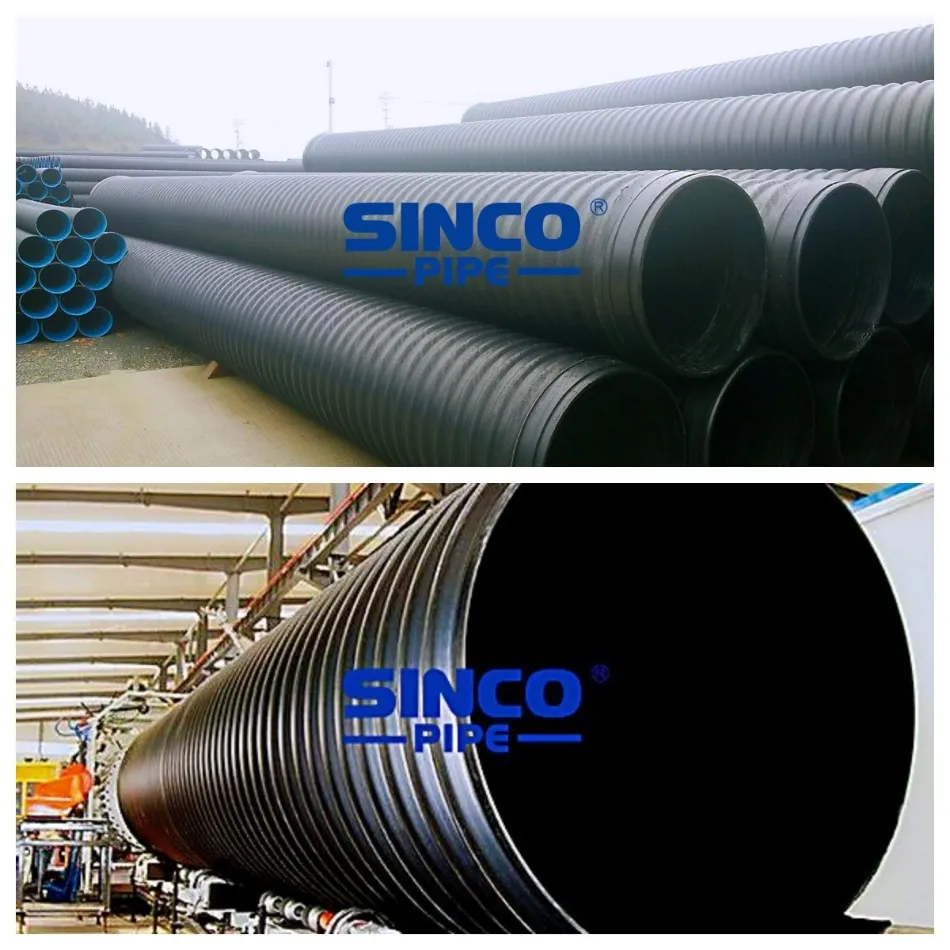Mar. 23, 2024
At present, in the water supply and drainage pipeline system, plastic pipes have gradually replaced traditional pipes such as cast iron pipes and galvanized steel pipes as the mainstream pipes. Compared with traditional pipes, plastic pipes have significant advantages such as light weight, corrosion resistance, low water flow resistance, energy saving, easy and quick installation, and low cost, and are favored by the pipeline engineering industry. At the same time, with the rapid development of the petrochemical industry and the continuous advancement of plastic manufacturing technology, the output of plastic pipes has increased rapidly and the types of products have become more diversified. Moreover, plastic pipes have made great progress and improvement in design theory and construction technology in construction, and accumulated rich practical experience, which has promoted plastic pipes to occupy a very important position in building water supply and drainage pipeline projects, and Forming an unstoppable development trend.
Application areas of HDPE
HDPE pipes are mainly used in: municipal engineering water supply systems, indoor water supply systems of buildings, outdoor underground water supply systems and underground water supply systems in residential areas and factories, repair of old pipelines, water treatment engineering pipeline systems, gardens, irrigation and other industries Water pipes etc. However, it should be noted that HDPE pipes cannot be used for hot water pipes.
Advantages of HDPE water supply pipes in application
HDPE water supply pipes are widely used, mainly because they have advantages that other pipes cannot match:
1. It is easy to form a closed anti-seepage system by butt welding and electrofusion welding. When laying along the trench, the amount of earthwork excavated in the trench can be reduced and the amount of accessories used can be reduced.
2. Light weight and easy to install and handle;
3. Strong wear resistance and excellent hydraulic performance, no outer layer protection is needed in buried pipelines. It is suitable for earthquakes and soil settlement areas in mining areas, and can also be laid at the bottom of rivers by the sinking method.
4. Resistant to chemical corrosion, internal, external and microbial corrosion, strong corrosion resistance, and healthy. Suitable for transporting acidic and alkaline substances, sewage, natural gas, coal gas and other substances;
5. Good environmental adaptability and frost resistance. Can be used for indoor and outdoor water supply pipes.
6. Long service life, with a service life of almost 50 years;
7. Easy to recycle.

Economic evaluation of HDPE water supply pipelines
Price comparison between HDPE pipes and PVC-U pipes, PP-R pipes, and aluminum-plastic composite pipes:
Outdoor water supply pipes mainly include ductile iron pipes, galvanized steel pipes, PVC-U water supply pipes, HDPE pipes, etc. The reason why HDPE water supply pipes have achieved such rapid development and application is that HDPE pipes are economical and practical. Here are some examples: Project examples. The outdoor water supply pipeline of the XX project needs to be introduced from the municipal water supply pipe 500m away, and the diameter of the introduction pipe is DN400. To the red line of the building, the water is supplied in two ways, with a pipe diameter of DN300, and the total length of the outdoor ring pipe is about 800 meters. The original design was ductile iron pipe. According to the company's regulations, it is necessary to conduct an economic comparison of the pipeline system, so we conducted a cost analysis and estimated the project cost for ductile iron pipes and HDPE pipes respectively. After comparative analysis, we found:
(1) The pipe prices of ductile iron pipes are: DN400-yuan/m, DN300-yuan/m; the pipe prices of HDPE pipes are: DN400-yuan/m, DN300-yuan/m. From the unit price of pipes, the price of ductile iron pipes is better than that of HDPE pipes.
(2) Since HDPE pipes are connected by hot melt, construction is difficult, and the installation cost is about 40% higher than that of ductile iron pipes.
(3) Due to the relatively good flexibility of HDPE pipes, they can be laid directly without pipe fittings when encountering obstacles or the trench excavation is not straight. However, this cannot be done with ductile iron pipes. Sometimes elbows or zigzag pipes must be used. and other pipe fittings for transitional connections. In this way, HDPE pipes are superior to ductile iron pipes in the pipe fittings part.
(4) HDPE pipes are connected by hot-melt butt joints, and the strength of the joints is very good. Ductile iron pipes adopt socket connections, and concrete reinforcement piers are required to be reinforced at tees, elbows and other locations. The cost in this regard is naturally higher when choosing ductile iron pipes than HDPE water pipes.
(5) HDPE pipes do not require anti-corrosion. If the water supply pipeline uses ductile iron pipes, it is required to carry out anti-corrosion treatment on the inner and outer walls of the ductile iron pipes.
(6) After anti-corrosion treatment on the inner and outer walls of ductile iron pipes, the normal service life is 20 to 25 years. There is no corrosion in HDPE pipes, and the normal service life is 50 years.
Previous: None
Next: None
If you are interested in sending in a Guest Blogger Submission,welcome to write for us!
All Comments ( 0 )